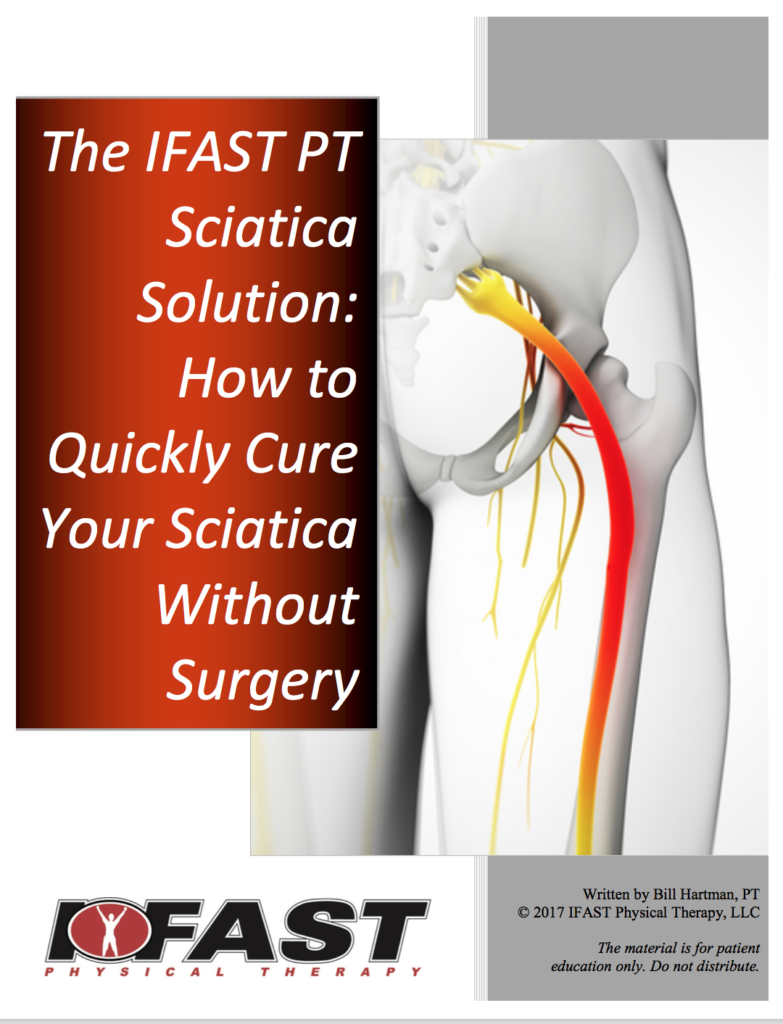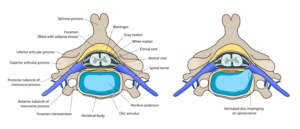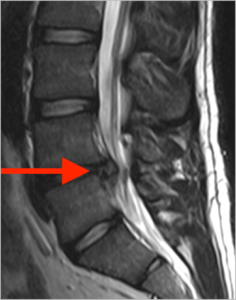
You’ve probably heard the statistic that about 80% of people will experience back pain in their lifetime. I’m guessing that it’s actually higher.
Often times, lower back pain is accompanied by sciatica, or more simply, pain that extends down the back of the leg past the ankle. This is a common symptom that I see here at IFAST Physical Therapy in Indianapolis quite frequently.
To help out as many people as possible, I wrote a small book to give you plenty of information about what sciatica is and how to you can manage it or even resolve it.
The book is called The IFAST PT Sciatica Solution: How to Quickly Cure Your Sciatica without Surgery. Here’s an excerpt:
Sciatica… What is it?
You may be having some pain or perhaps in the past, you doctor informed you… “You have sciatica.”
While it sounds like a disease or possibly a condition, sciatica is really just a symptom.
Suppose you have the flu. Symptoms of the flu are fever, body aches, fatigue, etc. Your diagnosis then is the flu. The other parts are the symptoms.
Sciatica is just a symptom too. About 90% of the time, sciatica is associated with pressure on a nerve in your spine in the lower back. The most important symptom in this case, is pain that is radiating down the back of the leg past the knee and into the foot and possibly extending to the toes. There may also be some “funny” (strange funny, not ha-ha funny) sensations going on down the leg like tingling, “pins and needles,” burning, or aching deep in the leg. There can also be weakness noted in some muscles of the leg and foot.
The pressure may come from specific diagnoses like a change in one of your spinal discs such as a disc herniation or sometimes a change in the bones of the spine.
On rare occasions, there could be an infection or something else causing inflammation in the spine that irritates a nerve and causes the sciatica to occur.
Why Does It Hurt?
When light pressure is applied to the nerve in the spine over a long period of time, circulation can be affected or inflammation may result. Both of these situations produce chemicals that send a variety of signals to the brain. If the brain decides that these signals may represent something potentially dangerous, the brain will tell you that you have pain. The pain and altered sensations will then follow the pathway of the nerve that runs down your leg.
Imagine if you had to sit on a hard chair for a really long time. Eventually, your butt would start to get uncomfortable. Normally, you’d sense it (actually your brain gets the signal from the nerves in your butt muscles and bones) and then fidget, change position, or simply get up off the chair. But what if you couldn’t get up off the chair? The prolonged pressure on the nerves under your “sit bones” would result in the same circumstances we see with prolonged pressure on the nerve in your back. Eventually, you’d produce the same chemicals we see in spinal nerves in cases of sciatica that would intensify the signals to the brain and you’d have butt pain!
Sometimes a disc can be damaged and the soft jelly-like center of the disc can leak out a bit. If the “disc jelly” makes contact with the nerve, it can be irritating as well and cause the same kind of symptoms we see with prolonged pressure on the nerve.


0 Comments
Join the conversation